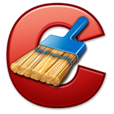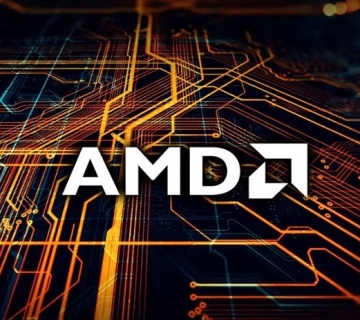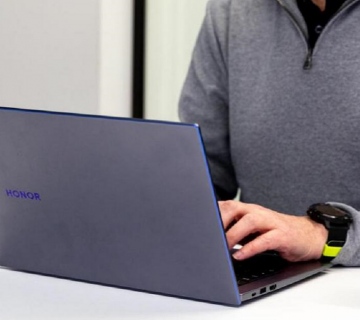If you are a Windows user and are experiencing problems with the performance of your computer, then you could use some tips to improve this. The guide will present some steps which will make your computer faster, even without reinstalling the operating system.
1. Keep enough free space on the system partition C: \
Depending on what programs you use with your Windows operating system, you may need a minimum of 5-10 GB free on the partition where this is installed. Usually the C:\ partition is where Windows stores all its temporary files while running, along with data of all the problems installed. If enough space is available on the drive where Windows is installed, you will surely see some improvements with respect to the performance of your machine.
2. Delete files you are not using
The issue of space is very subjective and there is no clear recipe. Always remember to delete your browsing history when you no longer need it, or temporary files stored by your browser, for example. The AppData under C:\users\your_username is a good place to start deleting some files and folders that you do not need.
3. Use a program that deletes unwanted temporary files

CCleaner is one of the most popular free pieces of software that you can use to clean up your computer. With the help of this tool you can find and delete plenty of files you no longer need. Various installation and runtime error will also be fixed and, in addition, none of the important files will be affected.
4. Use antivirus software
Antivirus can keep you away from those moments when you lose hours reinstalling and reconfiguring your system. Even though you are an advanced user and do not need a firewall system, for example, you should not stop using your antivirus. Harmful files are everywhere on the Internet and sometimes even on websites you would think are legitimate.
There are plenty of free antivirus solutions available on the web nowadays, such as Microsoft Security Essentials or the software distributed by Avast. They even offer options for the most advanced users, so you can customize them according to your needs.
5. Avoid having too many icons on your desktop
Usually the number of desktop icons can be difficult to control. Most users end up with a desktop full if shortcuts 2 or 3 days after they deleted most of them. It has been proven that the number of icons on the desktop can influence the performance of a computer running Windows, mainly because the operating system needs to load all the files every time a user logs in.
All in all, these are just some of the basic things you can do if you want your operating system to experience performance improvements. There are other more advanced features, such as hard drive defragmentation, which will achieve the same goal.



